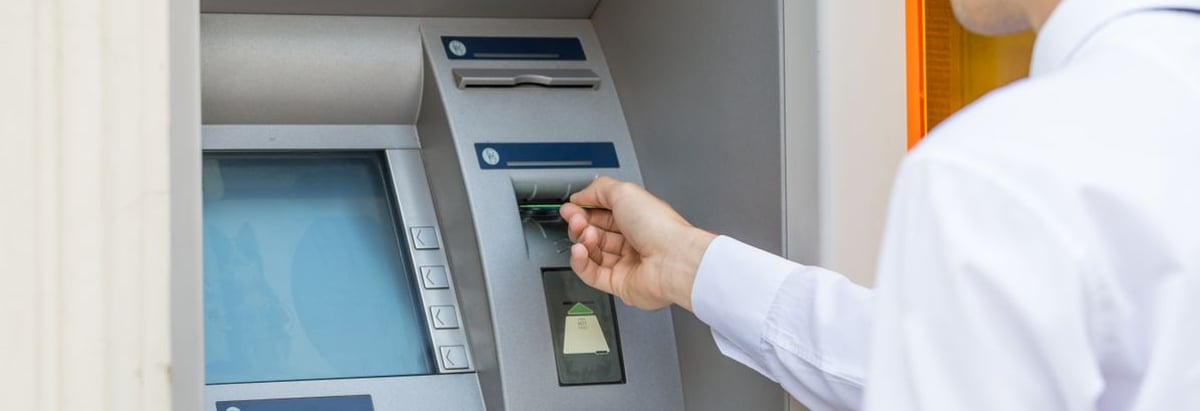- Netherlands
- /
- Banks
- /
- ENXTAM:INGA
Understated Factors To Consider Before Investing In ING Groep N.V. (AMS:INGA)

Want to help shape the future of investing tools? Participate in a short research study and receive a 6-month subscription to the award winning Simply Wall St research tool (valued at $60)!
Post-GFC recovery has driven major financial institutions’ return to health, increasing market confidence in these “too-big-to-fail” banks. As a large-cap stock with market capitalization of €40b, ING Groep N.V. (AMS:INGA) falls into this category. The recovery brought about a new set of reforms, Basel III, which was created to improve regulation, supervision and risk management in the financial services industry. The Basel III reforms are aimed at banking regulations to improve financial institutions’ ability to absorb shocks caused by economic stress which could expose banks to vulnerabilities. As a large bank in EUR, INGA is exposed to strict regulation which has focused investor attention on the type and level of risks it is subjected to, and higher scrutiny on its risk-taking behaviour. Investors should be more cautious when it comes to financial stocks given the different type of risk to which they are exposed. Today we will analyse some bank-specific metrics and take a closer look at leverage and liquidity.
Check out our latest analysis for ING Groep

Why Does INGA's Leverage Matter?
A low level of leverage subjects a bank to less risk and enhances its ability to pay back its debtors. Leverage can be thought of as the amount of assets a bank owns relative to its shareholders’ funds. Financial institutions are required to have a certain level of buffer to meet capital adequacy levels. ING Groep’s leverage level of less than the suitable maximum level of 20x, at 18.13x, is considered to be very cautious and prudent. This means the bank has a sensibly high level of equity compared to the level of debt it has taken on to maintain operations which places it in a strong position to pay back its debt in unforeseen circumstances. If the bank needs to firm up its capital cushion, it has ample headroom to increase its debt level without deteriorating its financial position.What Is INGA's Level of Liquidity?
 Due to its illiquid nature, loans are an important asset class we should learn more about. Normally, they should not exceed 70% of total assets, consistent with ING Groep’s case with a ratio of 70%. At this level of loan, the bank has preserved a sensible level between maintaining liquidity and generating interest income from the loan.
Due to its illiquid nature, loans are an important asset class we should learn more about. Normally, they should not exceed 70% of total assets, consistent with ING Groep’s case with a ratio of 70%. At this level of loan, the bank has preserved a sensible level between maintaining liquidity and generating interest income from the loan. What is INGA's Liquidity Discrepancy?
Banks operate by lending out its customers’ deposits as loans and charge a higher interest rate. These loans may be fixed term and often cannot be readily realized, yet customer deposits on the liability side must be paid on-demand and in short notice. The disparity between the immediacy of deposits compared to the illiquid nature of loans puts pressure on the bank’s financial position if an adverse event requires the bank to repay its depositors. Compared to the appropriate industry loan to deposit level of 90%, ING Groep’s ratio of over 106% is higher, which places the bank in a relatively dangerous position given the negative liquidity discrepancy. Essentially, for €1 of deposits with the bank, it lends out more than €1 which is unsustainable.Next Steps:
Passing two of the three checks for liquidity and leverage demonstrates a relatively sensible operational risk management by the bank. This means it is well-positioned to meet its financial obligations in case of any unforeseen and adverse macro events. Today, we've only explored one aspect of ING Groep. However, as a potential stock investment, there are many more fundamentals you need to consider. There are three pertinent factors you should further examine:
- Future Outlook: What are well-informed industry analysts predicting for INGA’s future growth? Take a look at our free research report of analyst consensus for INGA’s outlook.
- Valuation: What is INGA worth today? Has the future growth potential already been factored into the price? The intrinsic value infographic in our free research report helps visualize whether INGA is currently mispriced by the market.
- Other High-Performing Stocks: Are there other stocks that provide better prospects with proven track records? Explore our free list of these great stocks here.
To help readers see past the short term volatility of the financial market, we aim to bring you a long-term focused research analysis purely driven by fundamental data. Note that our analysis does not factor in the latest price-sensitive company announcements.
The author is an independent contributor and at the time of publication had no position in the stocks mentioned. For errors that warrant correction please contact the editor at editorial-team@simplywallst.com.
Simply Wall St analyst Simply Wall St and Simply Wall St have no position in any of the companies mentioned. This article is general in nature. We provide commentary based on historical data and analyst forecasts only using an unbiased methodology and our articles are not intended to be financial advice. It does not constitute a recommendation to buy or sell any stock and does not take account of your objectives, or your financial situation. We aim to bring you long-term focused analysis driven by fundamental data. Note that our analysis may not factor in the latest price-sensitive company announcements or qualitative material.
About ENXTAM:INGA
ING Groep
Provides various banking products and services in the Netherlands, Belgium, Germany, rest of Europe, and internationally.
Solid track record established dividend payer.
Similar Companies
Market Insights
Community Narratives





